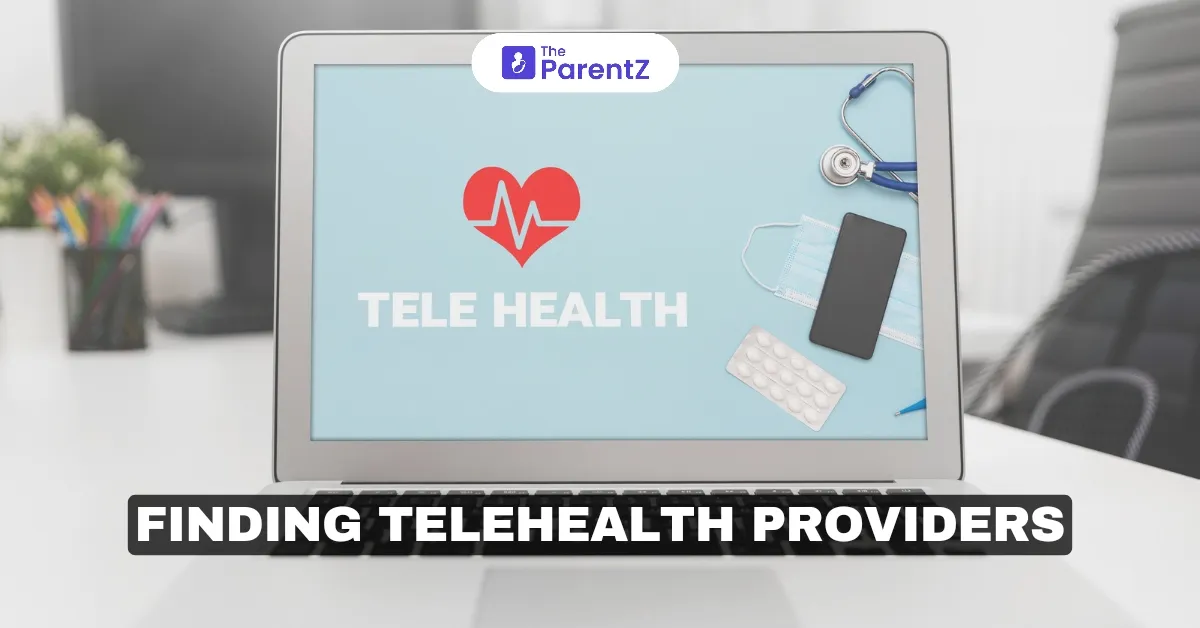Finding telehealth providers can be a convenient and effective way to access healthcare, especially for non-emergency concerns or for individuals who have difficulty accessing in-person care. Here's a guide on how to find and choose telehealth providers:
1. Online Telehealth Platforms
Several reputable telehealth platforms connect patients with licensed healthcare providers. These platforms typically allow you to book virtual appointments with doctors, therapists, specialists, and more. Some popular telehealth platforms include:
- Teladoc: Offers virtual consultations with general practitioners, specialists, and mental health professionals.
- Amwell: Provides access to doctors, therapists, and even dietitians, with services for urgent care, behavioral health, and pediatrics.
- Doctor on Demand: Provides video visits with board-certified doctors, psychiatrists, and licensed therapists.
- MDLive: Offers consultations with doctors and licensed therapists for a variety of conditions, including mental health services.
2. Insurance Providers
Many health insurance companies offer telehealth services as part of their coverage. Check with your insurance provider to see if they have partnerships with telehealth platforms or a list of approved telehealth providers. Some major insurance companies that offer telehealth services include:
- Blue Cross Blue Shield
- UnitedHealthcare
- Aetna
- Cigna
Visit the insurance company’s website or call their customer service for more information on how to access telehealth services.
3. Local Hospitals and Health Systems
Many local hospitals and health systems have expanded their offerings to include telehealth services. Check the websites of nearby hospitals or healthcare centers to see if they provide virtual consultations or have a telemedicine program. Some well-known systems with telehealth offerings include:
- Mayo Clinic
- Cleveland Clinic
- Kaiser Permanente
- Mount Sinai Health System
4. Specialty-Specific Telehealth Providers
If you're looking for a specific type of healthcare provider (e.g., mental health services, dermatology, pediatrics), consider platforms that specialize in those areas. Some options include:
- BetterHelp: A mental health platform connecting patients with licensed counselors and therapists for online therapy.
- TeleDerm: A dermatology-specific telehealth platform for skin condition consultations and virtual exams.
- Livongo: Specializes in virtual care for chronic conditions, such as diabetes, hypertension, and weight management.
5. Health Apps and Websites
There are various health apps and websites that provide access to telehealth services. Some allow you to schedule a virtual appointment with a healthcare provider directly. Examples include:
- HealthTap: Offers access to doctors and healthcare advice through video, text, or phone consultations.
- Zocdoc: Allows you to search for doctors who offer telehealth services and book virtual appointments online.
- Healow: A mobile app that lets you schedule telehealth visits with your current healthcare providers.
6. Search Online Directories
There are several online directories where you can search for licensed telehealth providers by specialty, location, and insurance. These directories can help you find telehealth services for a specific condition or healthcare need:
- Psychology Today: Find licensed therapists and counselors who offer online therapy.
- Telehealth.HHS.gov: The U.S. Department of Health & Human Services provides a directory of telehealth services available during the COVID-19 pandemic.
- FindATopDoc: Search for doctors who offer virtual care across various specialties.
7. Telehealth for Specific Conditions
Many telehealth providers specialize in treating specific conditions, such as mental health, sexual health, dermatology, or chronic disease management. If you have a particular health concern, look for telehealth platforms that focus on that area:
- Cerebral: Specializes in mental health care, including medication management and therapy for conditions like anxiety, depression, and ADHD.
- MDLive Dermatology: Offers virtual consultations with dermatologists for skin concerns.
- K Health: Uses AI to help diagnose and treat common health conditions and allows access to telehealth consultations with real doctors.
8. Local Community Health Organizations
Non-profit organizations and local clinics may offer telehealth services for their patients. Check with your local community health center or public health organization to see if they provide telehealth options.
Things to Consider When Choosing a Telehealth Provider
- Insurance Coverage: Confirm that the telehealth provider is covered by your insurance plan, or check the cost if you're paying out-of-pocket.
- Provider Credentials: Ensure the healthcare provider is licensed in your state and has the appropriate credentials.
- Privacy and Security: Check that the telehealth platform complies with privacy regulations (like HIPAA) to protect your personal health information.
- Availability: Consider the provider's hours and whether they offer same-day appointments or only scheduled visits.
- Type of Care: Make sure the provider offers the specific type of care you need (e.g., urgent care, mental health services, specialist consultation).
- Technology Requirements: Ensure you have the necessary technology (smartphone, computer, reliable internet) to access the service.
Conclusion
Finding a telehealth provider is relatively easy with numerous platforms and resources available today. By utilizing insurance providers, online platforms, or local health systems, you can access high-quality healthcare from the comfort of your home. Be sure to consider your specific health needs, preferred specialties, and convenience when choosing a telehealth provider.








Be the first one to comment on this story.